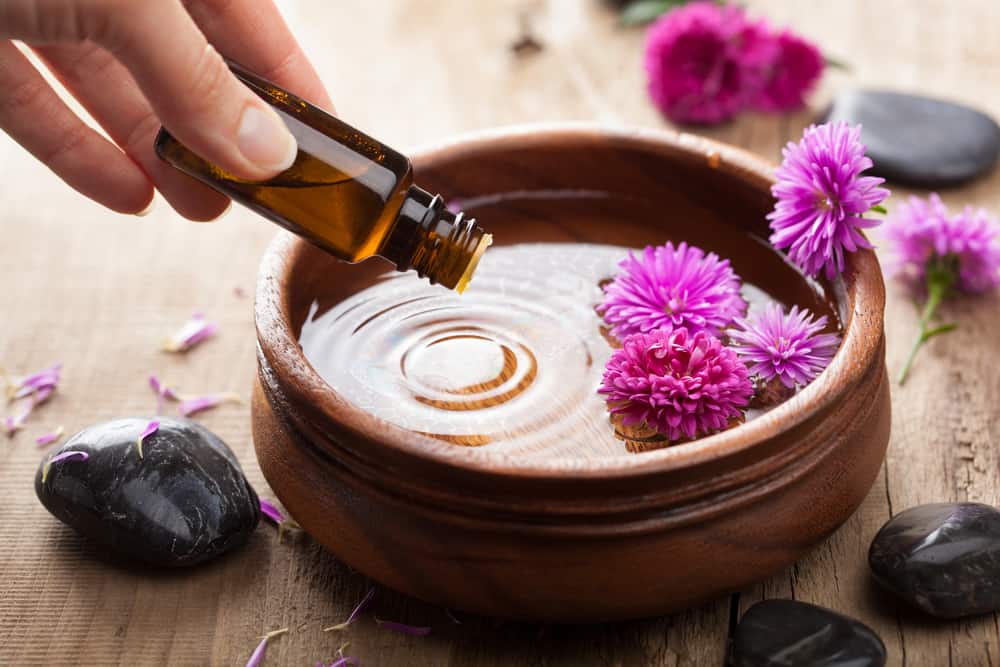Essential Oil Dilution Calculator
How Many Drops Of Essential Oil Do You Need To Add To Your Blend For The Desired Dilution Percentage?
What Dilution Percentage Is My Blend?
Why might you need this essential oil dilution calculator?
Despite the numerous posts floating around the internet telling you otherwise, essential oils can actually be quite harmful if used in the wrong way. One of the ways of using essential oils that carries a tremendous amount of risk is using them undiluted on the skin.
At the lower end of the scale, they can cause irritation. So think itchy, inflamed, sore and blistered skin.
On the more severe side, sensitization (overexposure - which can be the first time the oil comes into contact with your skin but more than likely repeated contact over time), can occur which can result in anaphylaxis which can be fatal. It is basically your immune system going into overdrive.
Factors to consider and carefully research are:
- The sensitivity of your skin
- The level of use and if it will be regular
- The age of the person (for example a child)
- Any medications and/or health concerns of the user
- If the oil has oxidized (basically gone off, although the scientific among us will likely scoff at that description)
-
The oil itself as they can vary greatly in properties and risk factors
- This also includes photo-sensitivity which can cause severe burns if skin is exposed to sunlight too soon after application)
We mentioned an approximate dilution guide in the list of essential oils blog post but you can find it below also for your convenience. It is recommended to conduct a patch test before using any oil to test for your own personal reaction if any.
Dilution Guide:
- 1% = young children, senior people, people with sensitive skin, people with health concerns and generally if you want to err on the side of caution and build up
- 2% = general use in common blends for use by an average healthy adult
- 3% = when creating a blend to address a specific concern
Always check the safety for the individual oil you plan to use. The easiest thing is to get a book. It's not cheap but it's a one time purchase and worth every penny (we get nothing for recommending this) - Essential Oil Safety by Tisserand and Young.
Oh, if you are wondering how to conduct a patch test - here you go:
- Dilute the oil with a carrier as you would normally (see table below for dilution guidelines), but for the purposes of the patch test, dilute at twice the concentration you plan to actually use
- Apply 1-2 drops to the inside of your forearm. Applying 2 drops to the inside of a plaster is often an easy way to do this effectively
- Keep the area dry and leave for at least 24 but ideally 48 hours
- If you have a reaction then wash the affected area straight away with a carrier followed by soap and water and do not use the essential oil or blend
- Repeat this a second time to test for sensitization
Happy blending! :)
P.S You dilute them in a carrier - not water, because water doesn't dilute them. They bind to fats.


